Several airlines in the United States are providing input on how a production version of NASA’s X-66A would be used. How important is that?
NASA and Boeing published a new rendering of the X-66A, sporting a new livery. As we’ve already seen, the X-66A is what we previously referred to as the Transonic Truss-Braced Wing or TTBW. The design of this aircraft means that it has a highly efficient, very high aspect ratio wing.
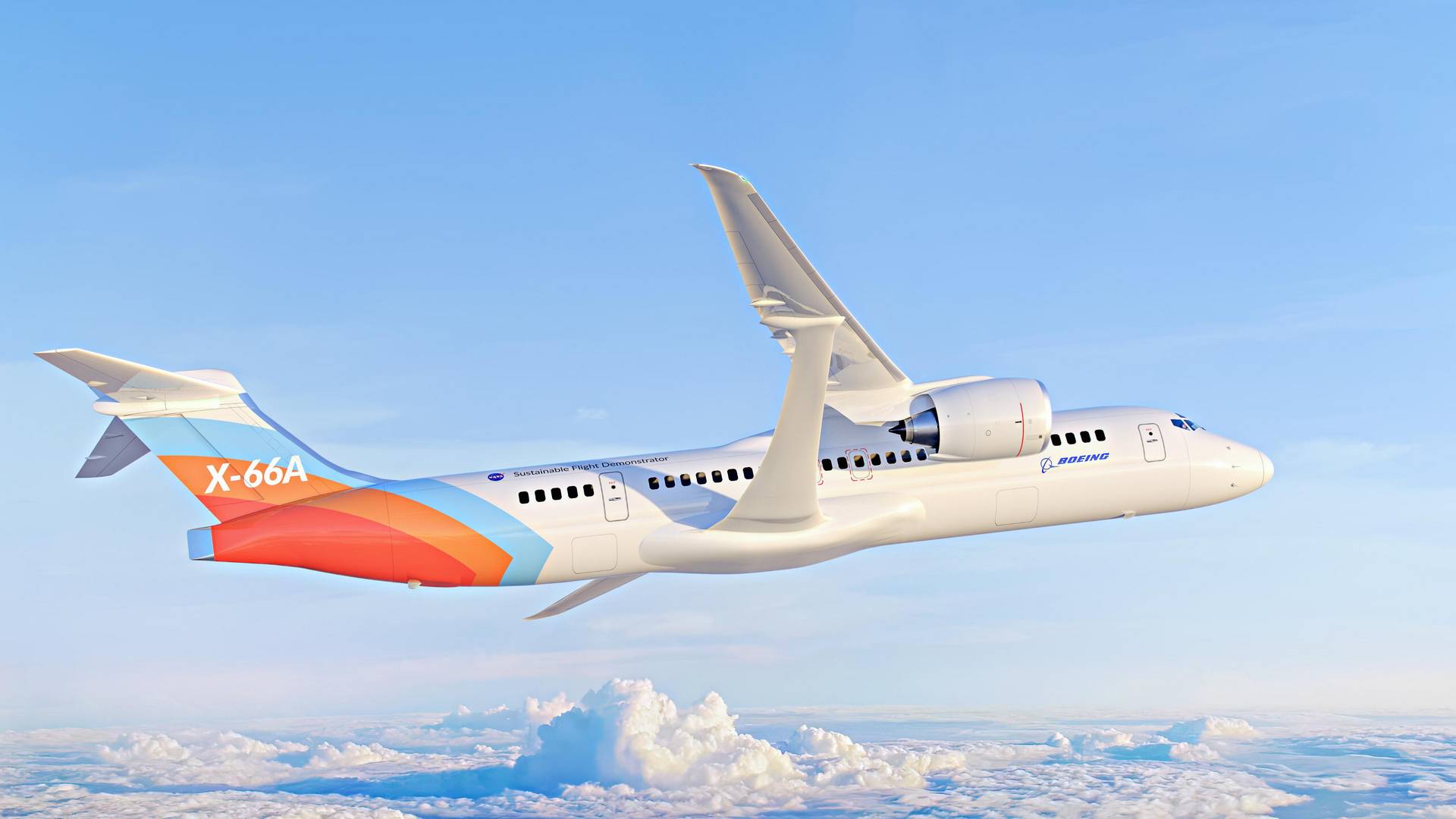
Crucially, this design also allows the wing to have a sweep. That means that its cruise speed can still be as high as that of current short and medium-haul airliners. This will keep passengers happy and it will allow airlines AND air traffic control to handle such aircraft normally.
But behind the lovely new livery, the main story around the X-66A has to do with the involvement of several airlines in its development and evaluation. Boeing and NASA will work with Alaska, American, Delta, Southwest, and United Airlines.
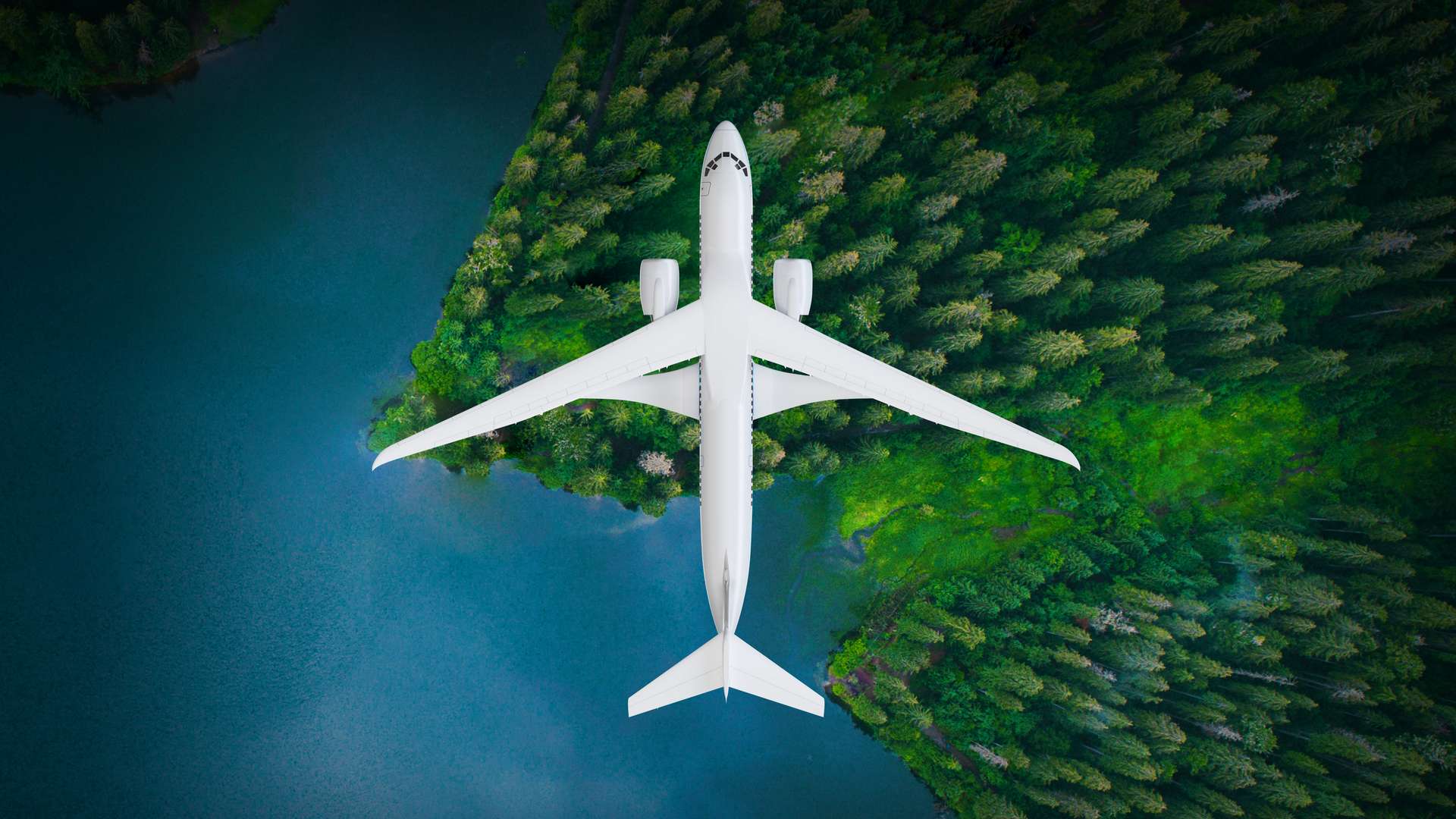
The Airlines Look At The X-66A – Why?
According to Boeing, the airlines will “provide input on operational efficiencies, maintenance, handling characteristics and airport compatibility”, involving the X-66A. The test aircraft has an MD-90 fuselage and systems, with a new wing. A production version of this design would need folding wings, to fit in the same airport gates as a 737 or A320.
What makes the involvement of the airlines with the X-66A interesting, is that it could offer clues about Boeing’s future plans. At the moment, not all analysts agree on what size AND shape Boeing’s next airliner will have.
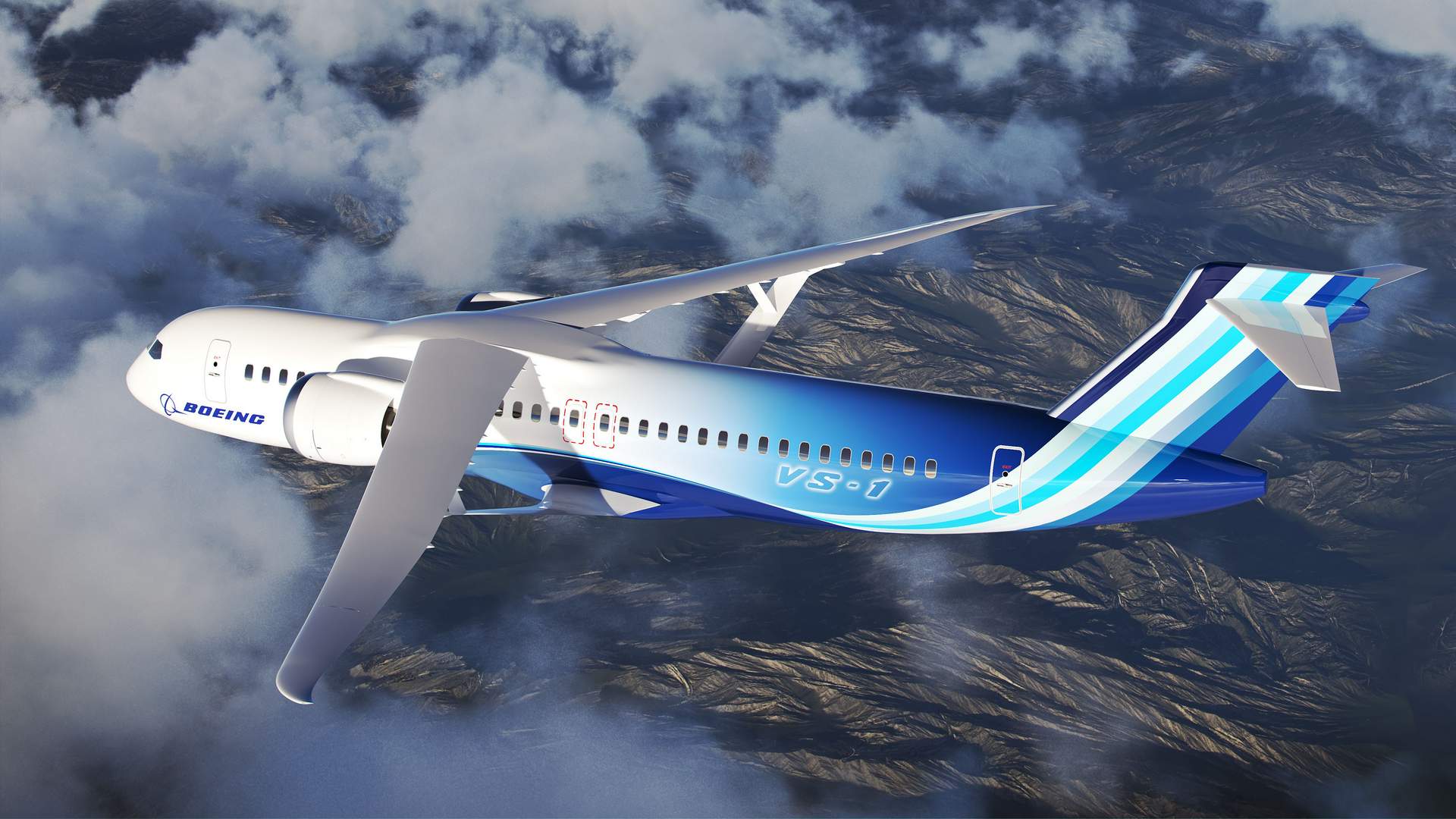
Many think that Boeing could introduce a small twin-aisle aircraft, with a 2-3-2 economy cabin layout. A composite fuselage would permit an oval cross-section, that could make the design competitive against modern single-aisle alternatives. But a “narrow widebody” like this could be scaled in size much more than, say, the A320 family.
However, the airlines likely won’t see such an aircraft with the configuration of the X-66A. In earlier statements, Boeing CEO Dave Calhoun seemed to suggest that the “narrow widebody” option wouldn’t work as a transonic truss-braced wing. But if the TTBW/X-66A is efficient enough, it might be the way to go, even as a narrowbody.
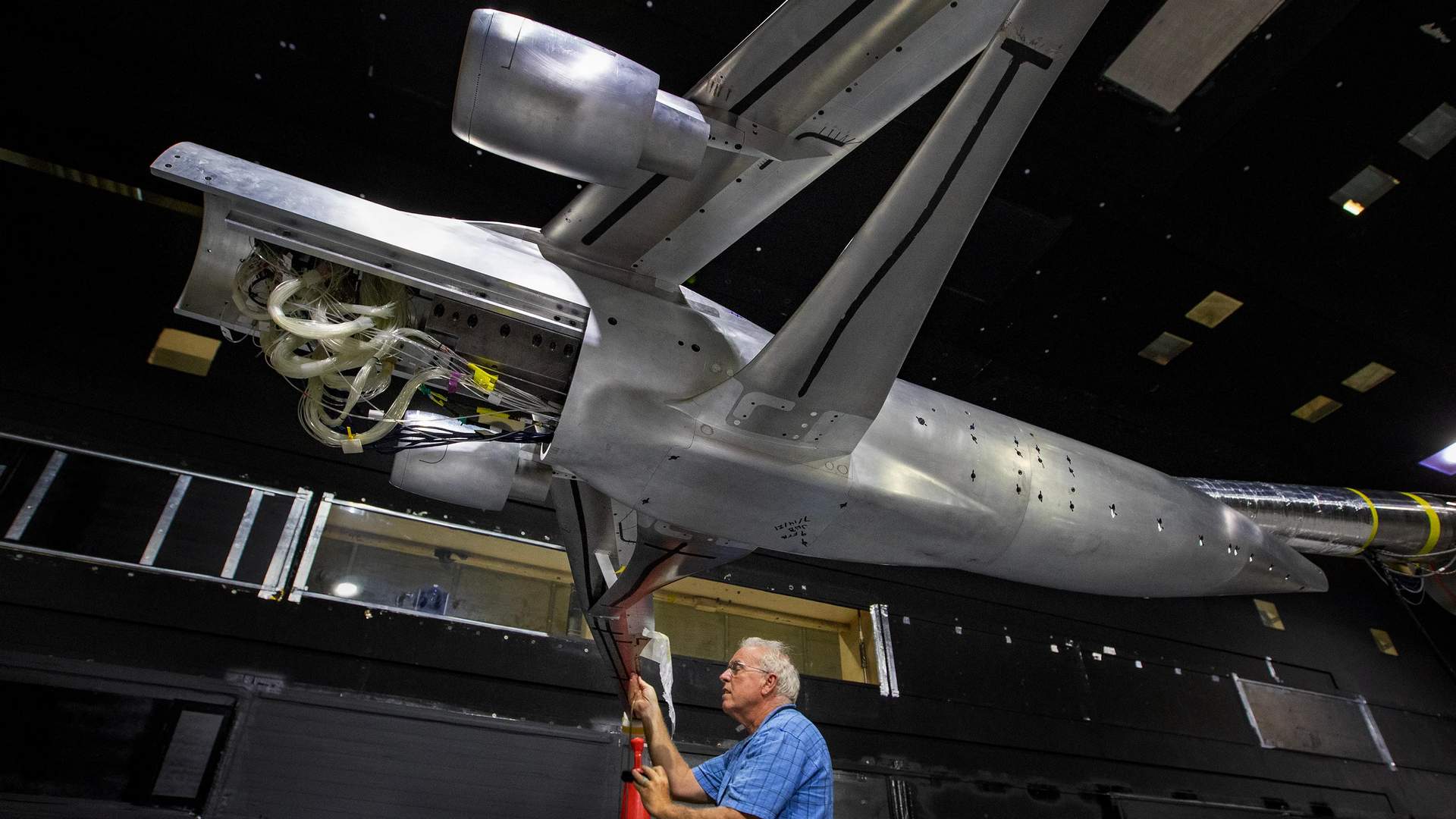
Future Boeing Airplane: Picking A Size And Shape
Having so many airlines coming onboard with NASA and Boeing, as they evaluate and test the X-66A, suggests that the latter is gathering pace. Either way, Boeing will be talking with its customers about future projects, and informing them about the performance, advantages, and limitations of the X-66A, would be part of that.
There’s another element to this story that is worth keeping an eye on. Scott Hamilton at Leeham News recently confirmed that Boeing will retain its intellectual property on the Transonic Truss-Braced Wing, despite NASA’s involvement in the X-66A project. In other NASA projects, research findings become available to anyone who has use for them.
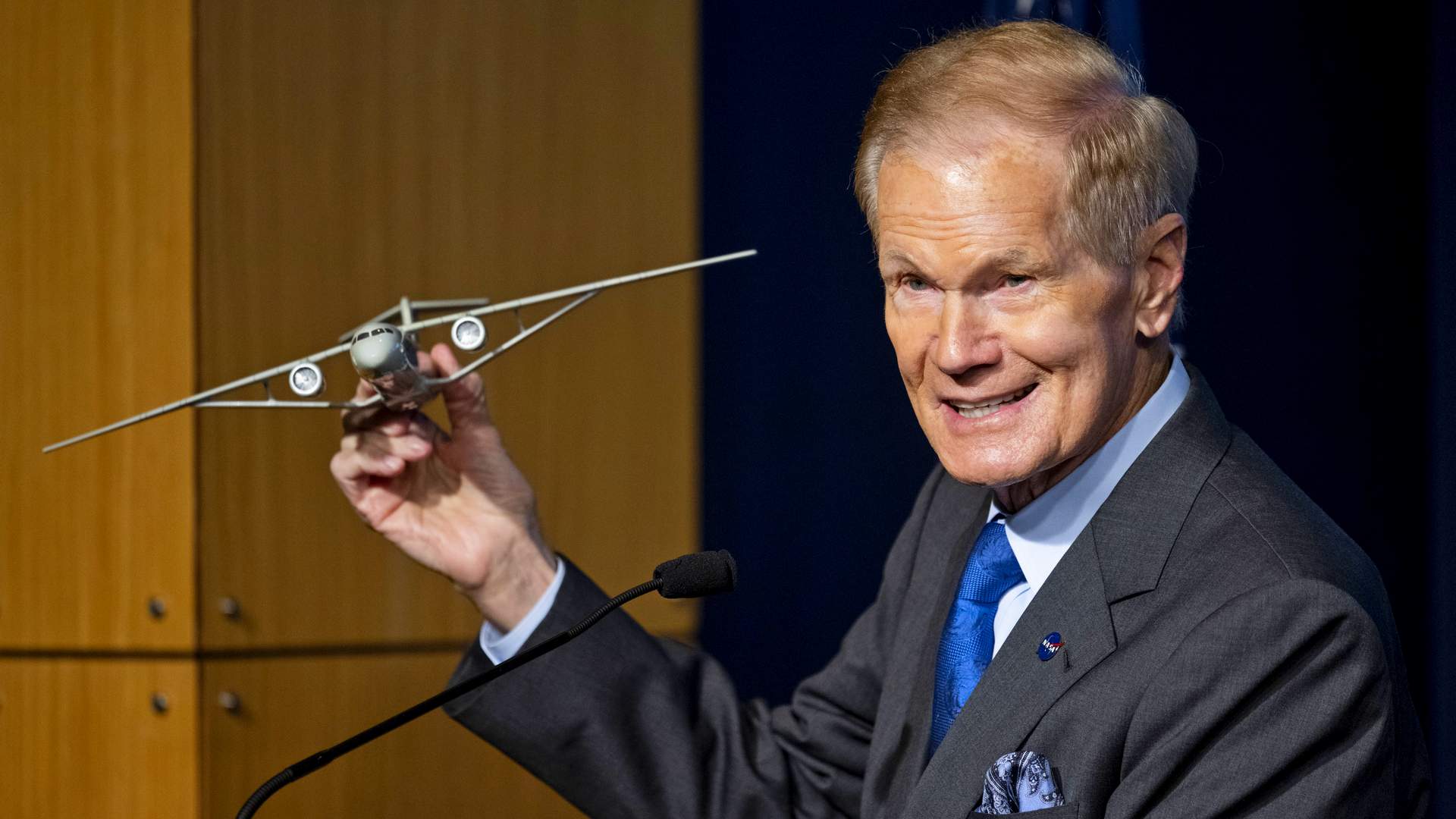
Of course, the involvement of the airlines with the X-66A could simply be a chance for some good PR. But Boeing looks set to keep a firm grip on the technology of the project. It will be interesting to learn if Boeing will also retain ownership of the test aircraft (it owns the donor MD-90).
We will also need to see if Airbus (or the EU) might object to NASA’s contribution, in a Boeing project. NASA’s work was a sticking point in past trade disputes. But so far, the value of the NASA contract with Boeing ($425m) is a tiny fraction of what it would take to develop a new airliner.
Sources: Boeing, Leeham News




2 comments
Frank Berge
Everyone who loves aviation and has studied – at least en-passant – designs of most ever-used airframes may have learned: Bizarre, ugly (but ntl. hyped, highly efficent, revolutionary!) ideas didn’t make it in the market. Period.
Patrick Butler
a lot to unpack. I think it is smart of Boeing to keep the technology. It looks like an increase in efficiency, and folding wingtips are not that much of a problem with the 777x in test. An enjoyable article as always.